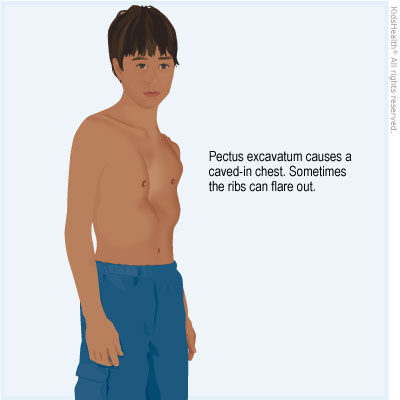pectus excavatum baby breathing
Pectus excavatum occurs in a baby who is developing in the womb. One of the symptoms may be if your baby is crying very often for no particular reason.
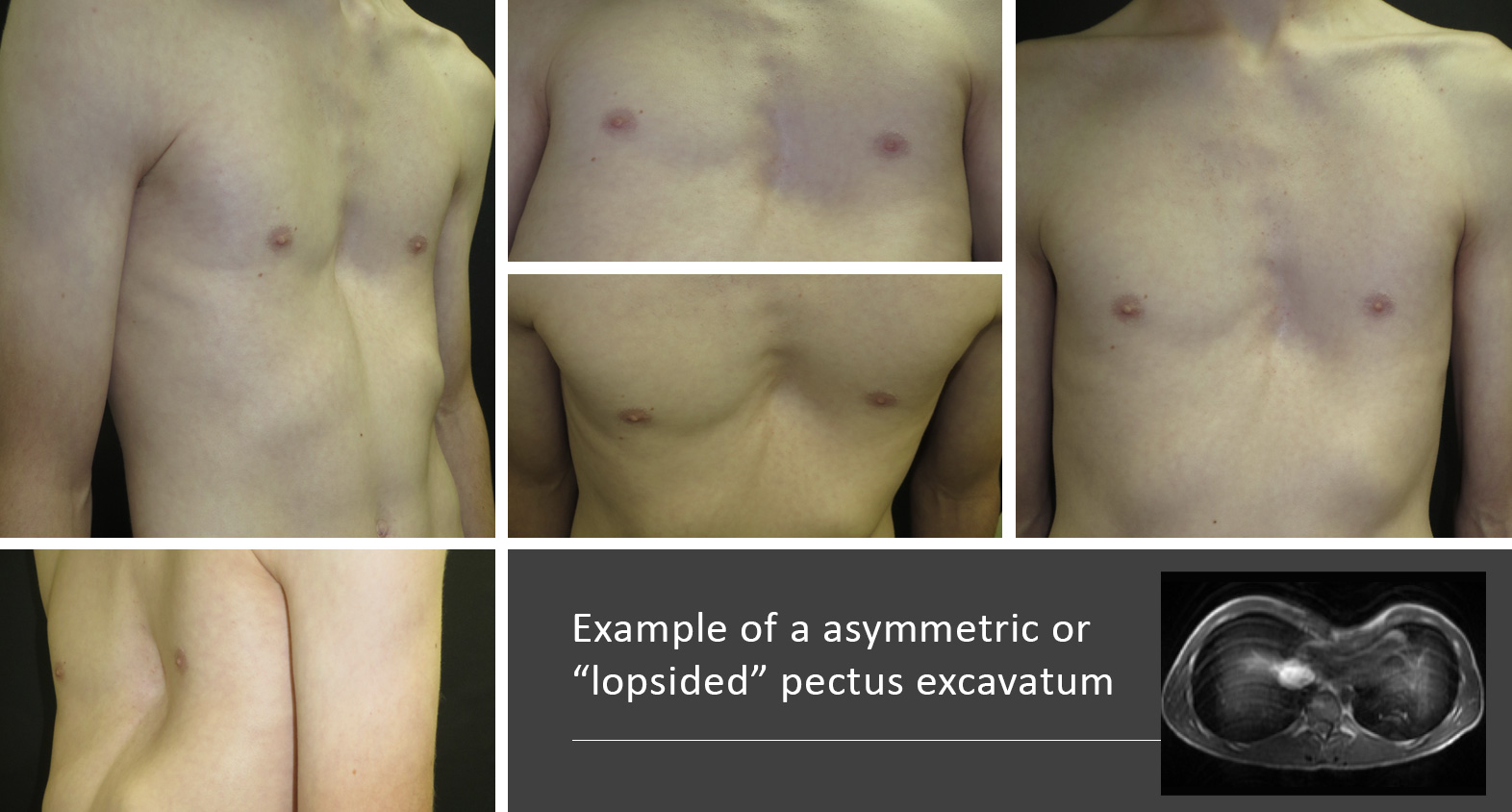
Pectus Excavatum Pectus Clinic
Diaphragmic breathing for pectus excavatum has a lot of benefits.

. According to a 2015 study the most common problems pregnant females with pectus excavatum face are. Focus on elevating the anterior chest wall cavity. Pectus excavatum is a congenital deformity of the chest wall that causes several ribs and the breastbone sternum to grow in an inward direction.
The cartilage pushes the breastbone sternum inward. Miamis family soon realized her mother may also have the condition and was unaware until Miami was diagnosed. If kids are born with pectus excavatum it might not be noticeable at first.
Surgery may also be done to improve the appearance of the chest. Slowly inhale deeply and keep the air inside your lungs for about ten seconds. Shortness of breath especially while exercising Constant cough.
Also known as funnel chest pectus excavatum is most commonly an isolated congenital abnormality that results in no functional impairment. In 1594 Bauhinus wrote my father showed me a boy 7 years of age among the Nobles of Andalusia who was born with the sternum and ribs being bent back to the internal part of the chest and abdomen so that a large cavity appeared there. Then slowly exhale and repeat.
Symptoms of Pectus Excavatum in Kids. Pectus excavatum PECK-tuss ex-kuh-VAW-tum is a condition that causes a childs chest to look sunken or caved in It happens because of a defect in the tough connective tissue cartilage that holds the bony part of the ribs to the breastbone. Signs are usually cosmetic although severe cases may notice difficulties in breathing.
Usually the ribs and sternum go outward at the front of the chest. The cause of pectus excavatum is not known however it can run in families with up to 25 percent of affected patients reporting chest wall abnormalities in other family members. The breastbone or sternum and some of the ribs grow abnormally causing a depression in the middle of the chest.
For additional resources about sunken chest contact our Center for Families Resource Library. Pectus excavatum is an abnormal development of the rib cage in which the sternum breastbone grows inward resulting in a noticeable and sometimes severe indentation of the chest wall. Because of the deep depression the lower ribs can stick out and give the appearance of a potbelly in.
The first recorded description of pectus excavatum was in a 7 years old boy from Spain. Louis Childrens Hospital call 3144545437 or 8006785437 or email us. Talk to your provider about treatment.
It is often present at birth but. Although no one has previously been. HELP DOCTOR THOMAS SURVIVE THE MEDICAL BOARD TRYING TO TAKE HIS LICENSE BY DONATING TO THE CHANNEL.
A child with pectus excavatum usually has a depression in the center of the chest over the breastbone which may appear quite deep. This information from Great Ormond Street Hospital GOSH is about pectus excavatum also known as funnel chest. Commonly called funnel chest pectus excavatum is a depression caused when the sternum breastbone is abnormally pushed inward.
The depression in the chest is due to abnormal growth of the cartilage that attaches the sternum to the ribs. Pectus excavatum - dip in babys chest. The next photo shows how the appearance changes with inspiration while crying.
Try to do ten repetitions of this in the morning and 10 in the evening. The condition can be mild or severe. We recently noticed that my little boys chest has a little concave dip in it when he breathes in - the GP has said that he has pectus excavatum and that as his breathing is totally fine it is nothing to worry about.
This may be an isolated abnormality. This breathing exercise will also give you a. Symptoms of sunken chest in a baby include.
This makes it much harder for parents to recognize the problem. The primary goal of surgery for pectus excavatum is to correct the chest deformity to improve a patients breathing and cardiac function. After birth the surgeons cant identify whether the baby has pectus excavatum or not.
The condition affects more boys than girls. Pectus excavatum means hollow chest Learn about the effects and possible treatments. Surgery is generally advised if there are other health problems such as trouble breathing.
Also a common thing is sharp chest pain especially while. Camdens breathing and chest pains were worsening until the doctors at Childrens Memorial Hermann stepped in and got him the diagnosis and treatment he needed. Pectus excavatum occurs in approximately 1 out of 4001000 children and is three to five times more common in males than females.
Having looked online I see that it can become more pronounced as baby grows and some. After the age of 18 years the deformity. The diaphragm is the centre of focus in meditation and yoga.
With pectus excavatum the sternum goes inward to. When the infant is at rest a small depression can be seen over the sternal area. This causes a depression of the sternum and the chest has a sunken in or funnel chest appearance.
In some cases there is a slight dent in the chest that disappears in puberty. Pectus excavatum PE is a condition where the breastbone in the chest is sunken inward causing breathing difficulties and in rare cases mild cardiac issues. Pectus excavatum also known as concave chest or funnel chest is a deformity of your childs chest wall.
The deformity of the chest wall is often noticed at birth but becomes more pronounced in adolescents. PE can often be hereditary. The historical perspective.
To request an appointment with a physician at St. Pectus excavatum a deformity of the sternum and ribs caused by an unbalanced costochondral hypertrophy. Pectus excavatum affects about one in.
The condition is not always noticeable at birth but is often apparent by the time a child is 2 to 3. The condition is also called sunken. There can be anatomical changes that happen during pregnancy like the elevation of the diaphragm.
Pectus excavatum is a congenital chest wall deformity that is caused by growth abnormality of the cartilage that connects the ribs to the breastbone sternum. It can also develop in a baby after birth. It helps to manage irritable bowel syndrome.
Luckily there can be many symptoms that can be an indicator to seek medical help. Pectus excavatum is a condition in which instead of being level with the ribs the breastbone sternum is sunken so that the middle of the chest looks caved in.

Help My Baby S Chest Is Caving In Pectus Excavatum Dr Paul Youtube
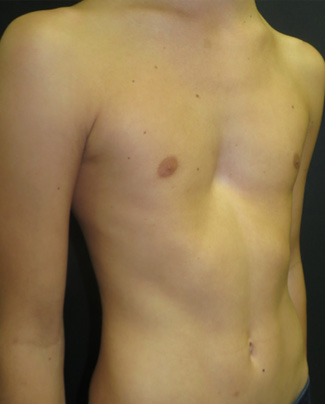
Pectus Excavatum Pectus Clinic

1 Pectus Excavatum Is Often Seen In Infants This 11 Month Old Child Download Scientific Diagram

Pectus Excavatum Symptoms Treatments And Complications
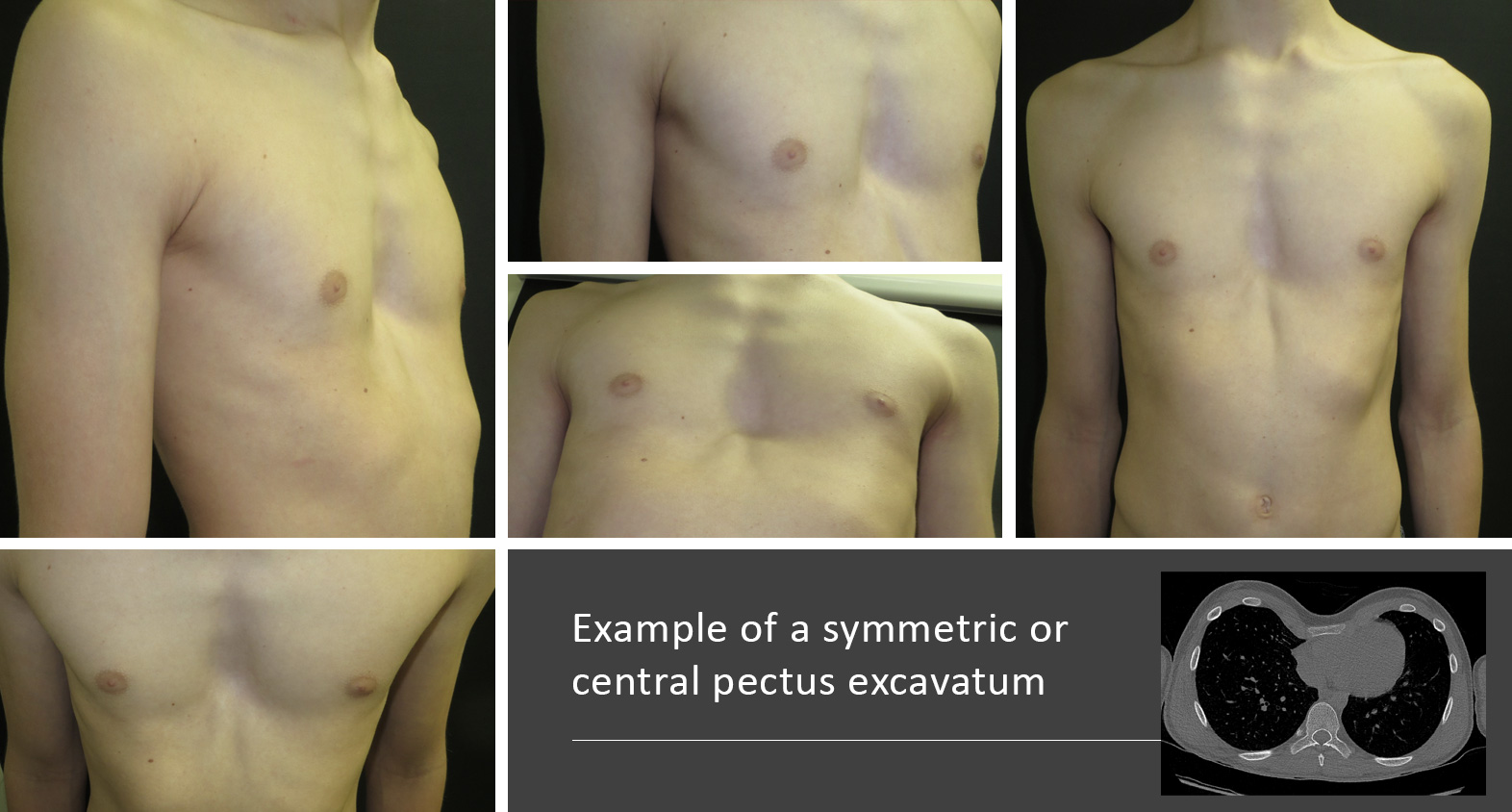
Pectus Excavatum Pectus Clinic

Should I Worry If My Child S Chest Is Sunken Cincinnati Children S Blog

Pectus Excavatum Symptoms Treatments And Complications

Pectus Excavatum Children S Hospital Of Philadelphia

Postnatal Photograph Of The Child With Pectus Excavatum Download Scientific Diagram

Pectus Excavatum Ottawa Citizen

How Do Exercises Improve Pectus Excavatum Symptoms
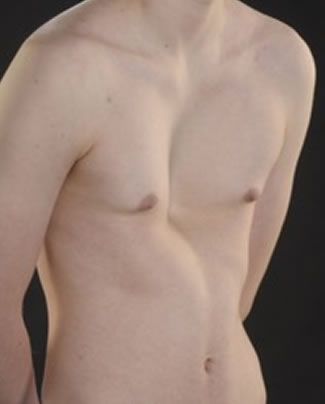
Pectus Excavatum Pectus Clinic

Pectus Excavatum Chest Wall Stanford Children S Health

Pectus Excavatum Chest Wall Deformities Child Heart Specialist

Learning About Pectus Excavatum Repair In Children

Pectus Excavatum Pectus Clinic


